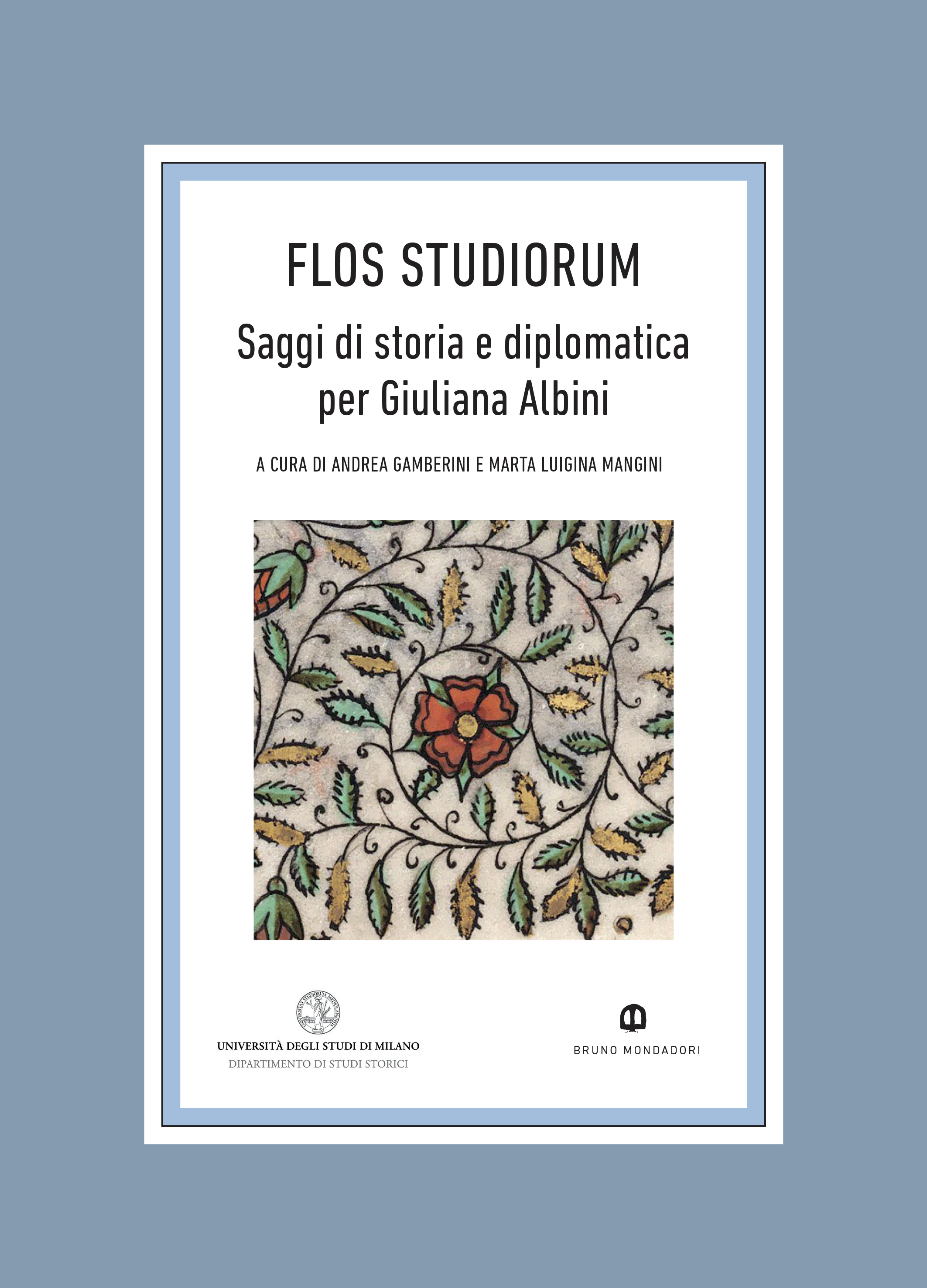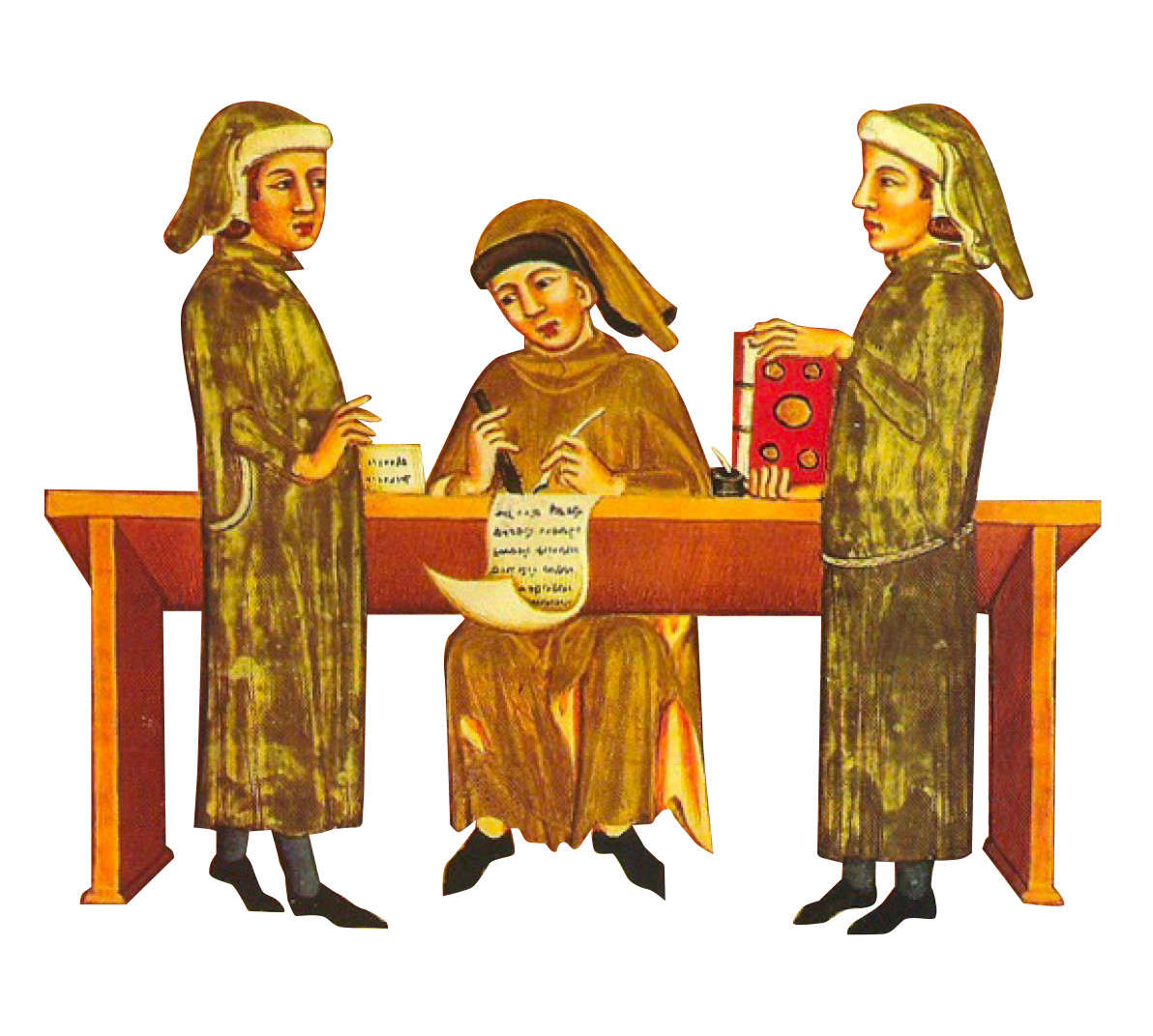Building permissions along the "fosso di Milano" (1450-1499)
DOI:
https://doi.org/10.54103/2611-318X/14000Keywords:
Internal Canals of Milan, soste, Urban Transformations (Milan, 15th century)Abstract
In the 15th century Milan there were numerous concessions to build soste along the Milan ditch (the internal canals today covered) for the loading and unloading of goods or the sale of materials, but there were also many licenses to private individuals to take advantage of building spaces along the banks of the ancient city wall, and in the citadel and darsena of Porta Ticinese, including the turrets and parts of the wall. If the more ancient concessions mainly concern the construction of soste, then the licenses to expand houses, gardens and to add new buildings multiplied. Not only were the banks privatized, but also the bed of the ditch and the numerous turrets of the ancient circuit were alienated in a definitive way. The applicants validate their requests by denouncing the widespread degradation of these spaces, and the loss of the original defensive function of the walls and towers. Also, they stressed that the private advantage would be redundant on the ornament of the city. A more accurate examination of the ducal licenses illustrates a widespread passage from the public to the private of pieces of urban land, often small and interstitial, but numerous, as a sign of the progressive abandonment of ancient fortifications, walls, turrets, banks and waters. The licenses also shows that the beneficiaries, with few exceptions, were not merchants and craftsmen, but men and sometime women close to the ducal court: officials, ducal magistrates, servants of the court, favorites, soldiers and foremen; in short, people who hung out on the ducal entourage and who claimed their proximity to the dukes to obtain these and other types of favor.
Downloads
Downloads
Published
How to Cite
Issue
Section
License
Copyright (c) 2020 Maria Nadia Covini

This work is licensed under a Creative Commons Attribution-ShareAlike 4.0 International License.




